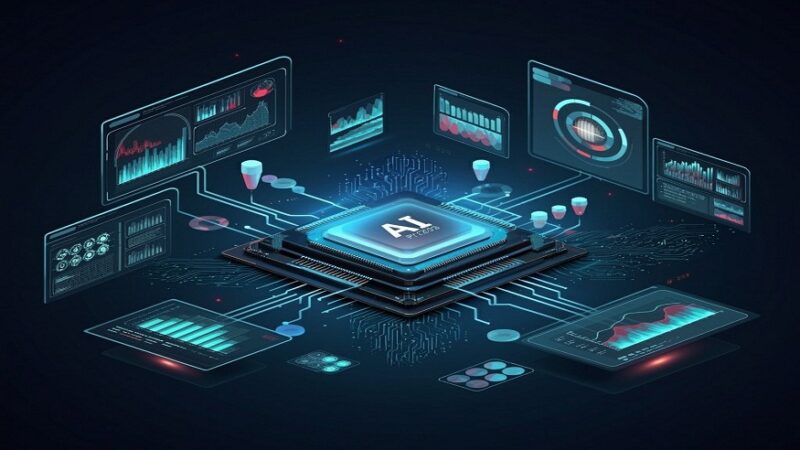Reducing Third-Party Risk With Continuous Monitoring

A recent survey by Secure Link and the Ponemon Institute found that 51% of firms have experienced a third-party-caused data breach. However, despite the increasing risk that third parties provide, many businesses still do not prioritize safeguarding these connections. Making it a continuous process with necessary controls and clear ownership for third-party connections inside your business is the key to properly managing your third-party risk.
Using a third party risk management tool, businesses can reduce the cyber risk posed by their vendors through its continuous monitoring and continuous security testing technology to shine a light on security vulnerabilities in their supply chain.
Perform a Preliminary Examination of the Third Party
Are your organization’s key decision-makers taking into account the security of the possible vendor when choosing a supplier to meet a need? If so, they likely depend solely on reputation.
You should ensure that the security expectations are outlined in the contract and that there are consequences for not upholding them. If a breach does happen, you want to reduce the blame that could be placed on your company. You should look at the vendor’s insurance plans as well, but you should also do an overall analysis of the third-security party’s procedures. You can determine the danger the third party is bringing to your firm by conducting a TPRM risk assessment using a recognised security standards questionnaire.
An evaluation will assist you in comprehending the degrees of risk and the vendor’s procedures in the event of a breach. Who will receive a report about it? Will I notify you? This information is essential when creating your incident response plan for a breach caused by a third party.
Think about the vendor relationship’s context as well. Is there an inherent risk associated with this vendor because of the services they offer or the data they interact with? You can prioritize your third-party risks, essential for successful third-party risk mitigation, especially for small firms with limited resources, by conducting a complete audit utilizing quantifiable standards.
Ongoing Surveillance
Observe whether the third party is upholding any contractual security commitments and adhering to legislative data protection standards after the contract has been signed and the initial assessment has been finished.
Make a list of all the outsiders who have access to your network. The most sensitive information about your company should be listed in this inventory, and users inside those third parties or their contractors can access it. With a zero-trust policy that enables you to supply the access necessary for the vendor to serve their purpose, you should restrict the level of network access to just that which the vendor requires.
Your organization becomes needlessly vulnerable if you grant excessive access. You must establish an identity and access management methodology to understand your attack surface and determine the most critical monitoring metrics. Lack of ability to control network access or audit network activities to spot suspicious activity is where enterprises frequently run into problems.
Collaboration
Simply having no one designated to manage these vendor relationships and network access is another constraint that puts enterprises at risk. It may be challenging to establish an exhaustive inventory because different stakeholders within your organization may manage these varied ties. Internal cooperation is required to decide who controls third party risk management solutions. Collaboration between your team and the counterparts at your third-party providers is also necessary; this is made simpler with a clear point of contact, especially for security assessment, which frequently involves some back and forth.
Regular Security Testing: Monitor Vendor Software Code
Your vendors can forgo crucial quality assurance and security tests that keep an eye out for software flaws and vulnerabilities. They might be under pressure to provide software and apps more quickly by utilizing a continuous integration/deployment (CI/CD) process.
Continuous security testing, often known as DevSecOps, is a security performance management strategy that automatically and continuously scans software code for security flaws. This enables you to address security flaws and vulnerabilities before publishing a new product update or awaiting the results of periodic or yearly penetration tests. These inspections go beyond simple best practices and support businesses in establishing trust with partners and avoiding potential regulatory penalties.
A third-party risk management program can sometimes feel like a moving target. Still, suppose you want to safeguard your business from one of the significant sources of data vulnerability. In that case, you must make it a continuous process rather than a one-time assessment—or, even worse, never one.






